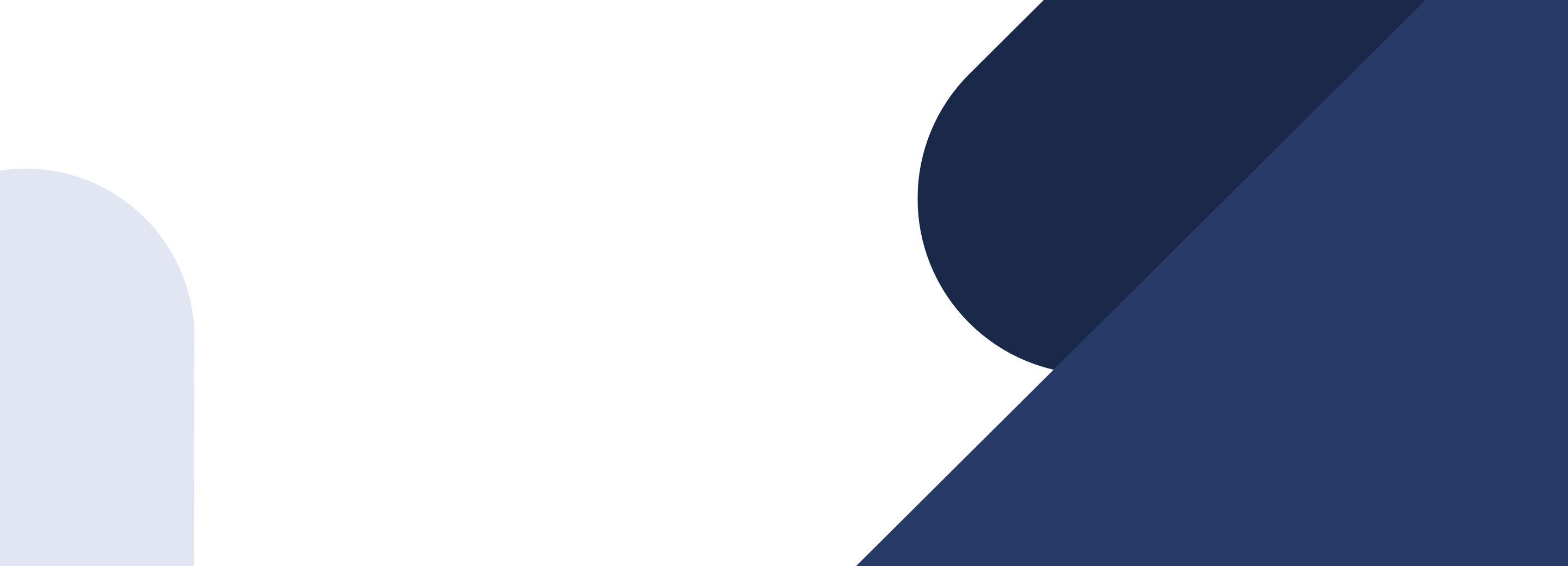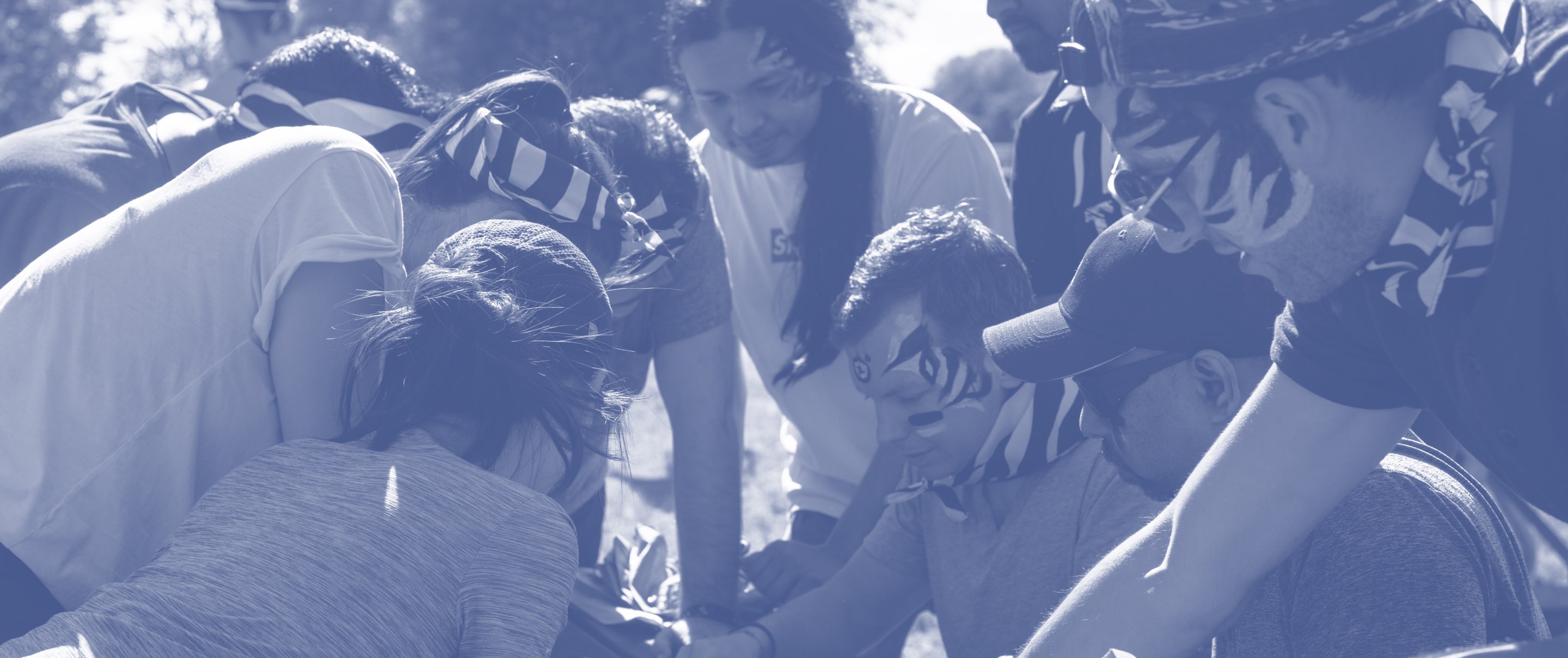15 years of experience in the health industry including medical technology, hospital, home health and outpatient care. Jenny brings a background in project management, strategic planning, client engagement, change management, and process optimization.



